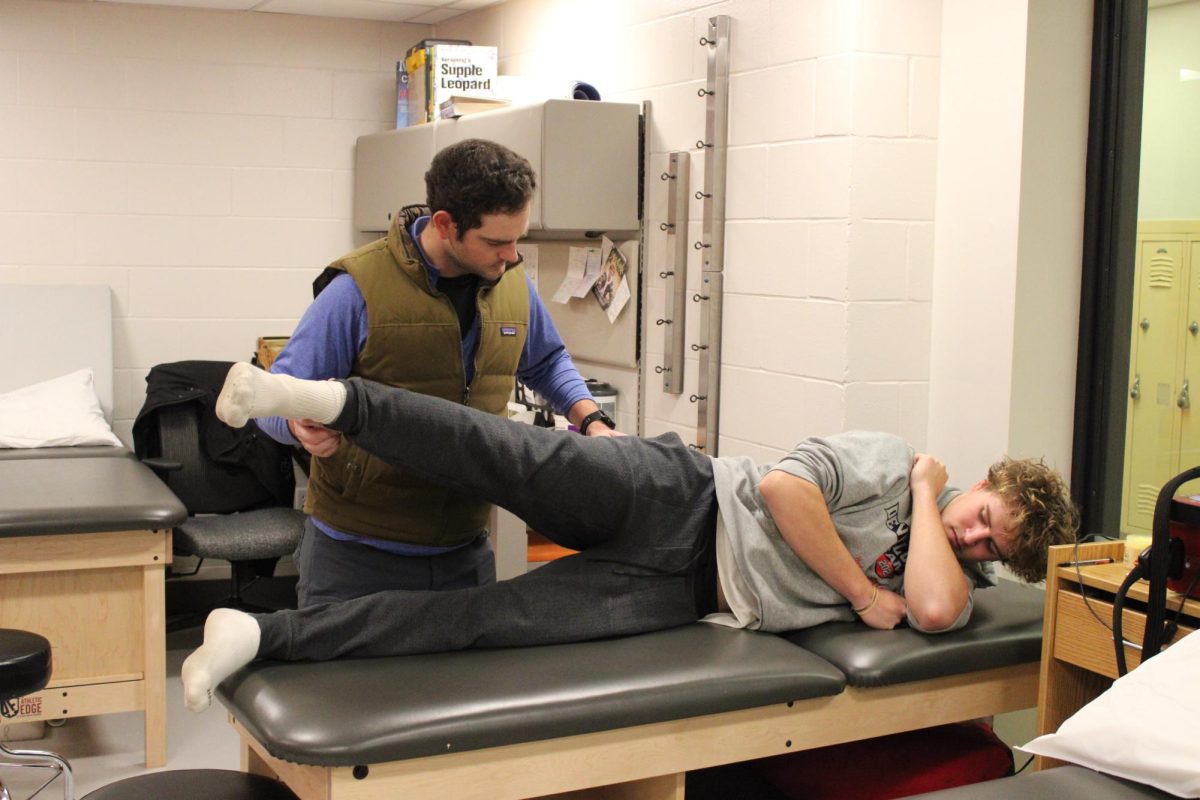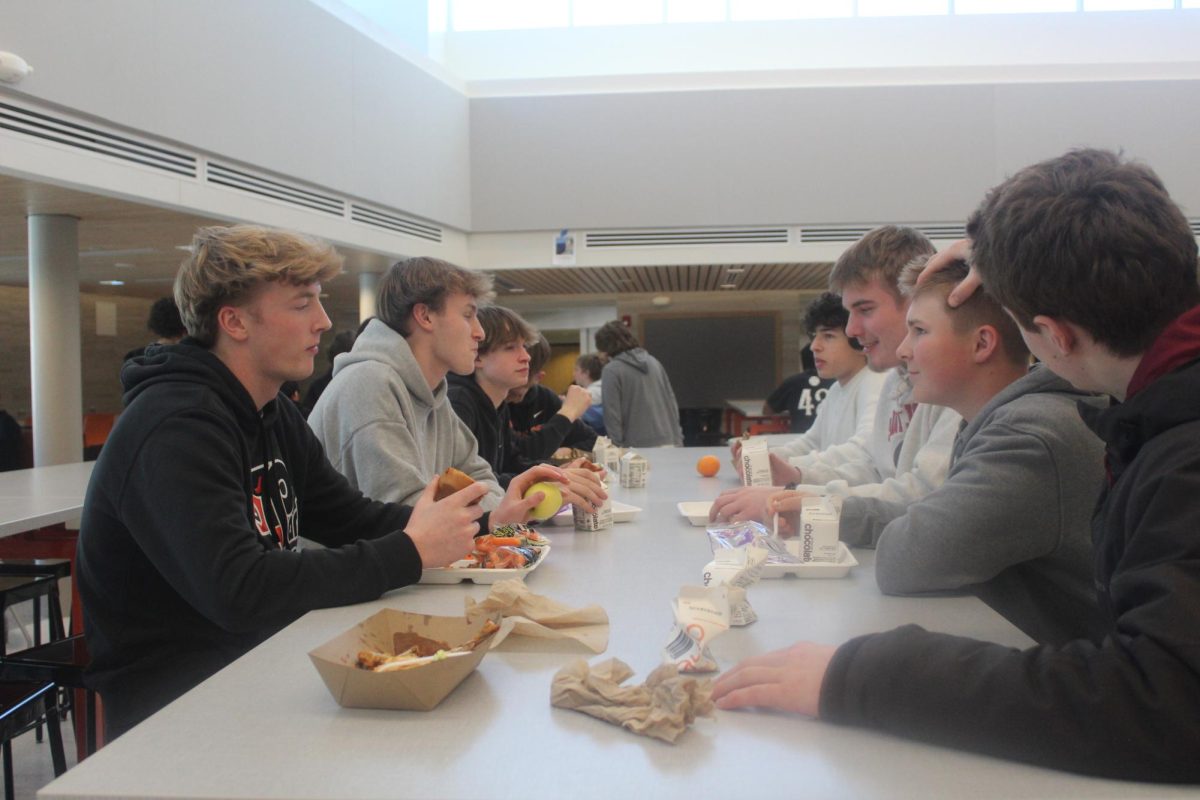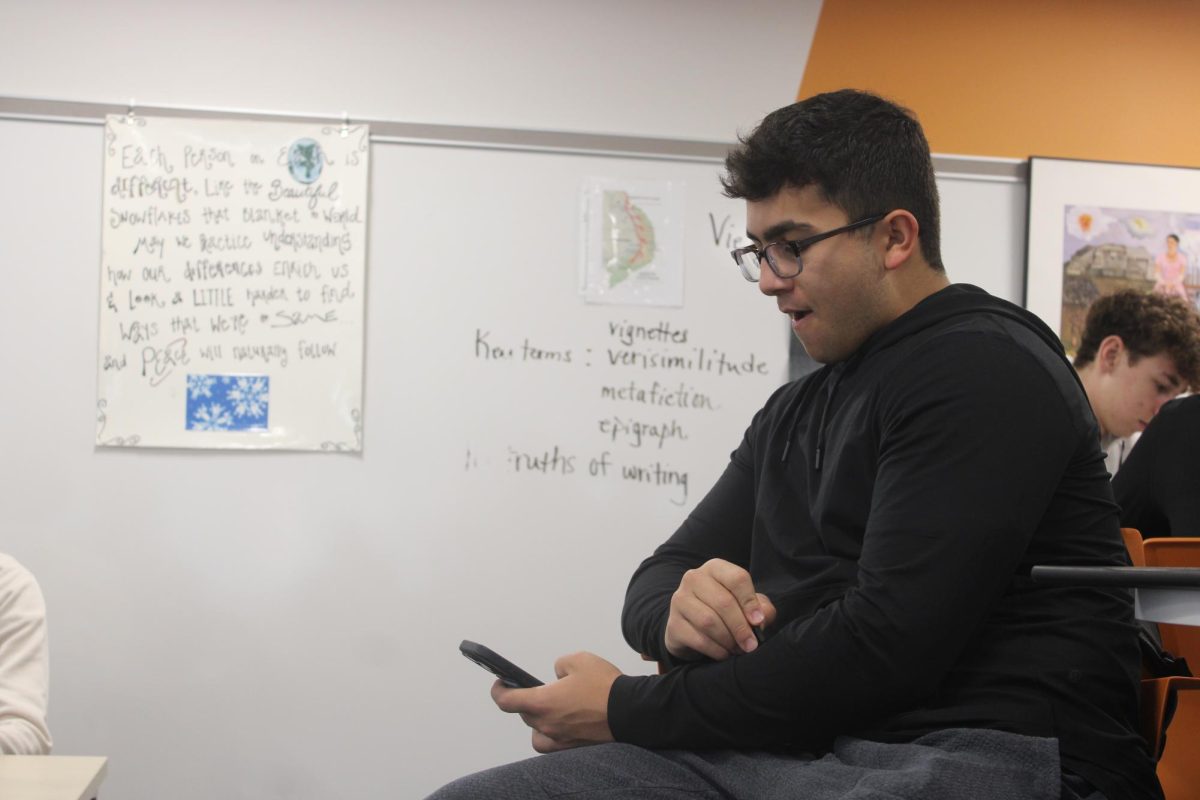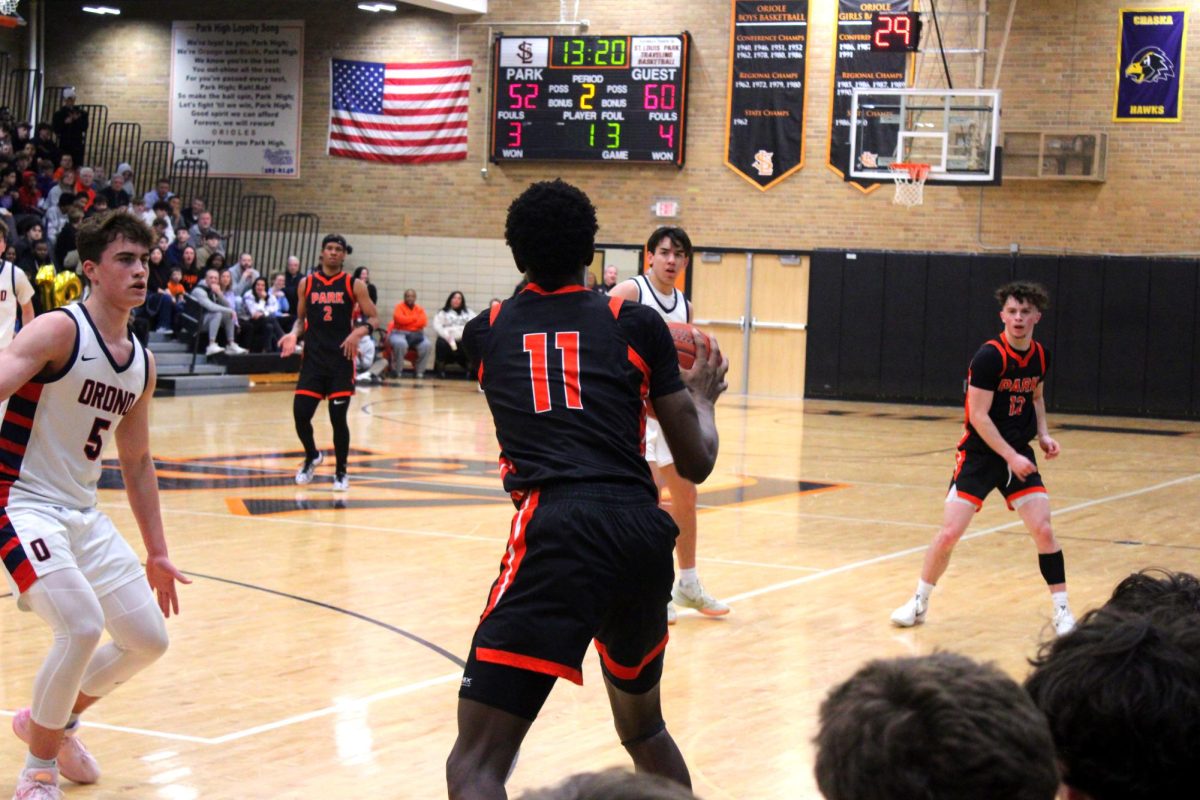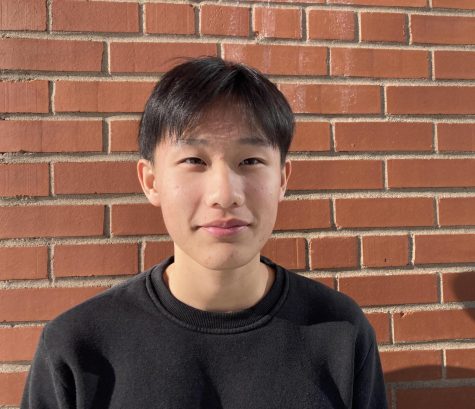The football season wrapped up a few weeks ago with a loss in sections to Armstrong. The season was filled with injuries for Park, including two players that tore their ACLs over the course of the season. A torn ACL is around a nine month recovery timeline and impacts the student athletes’ life from school to home and in the sport. Sophomore Logan O’Dea was one of the students who tore his ACL over the season. O’Dea said it, has been difficult to get around the school.
“I can’t walk around. I’ve had to take the elevator,” said O’dea. “It takes longer. I have to leave class earlier and a lot more things.”
Junior AJ Foster, the other player with an ACL tear over the season, said sports have a very positive impact on him these days.
“I’d say sports just make it all better,” Foster said. “Because without sports, for me, life would be boring. I’ve been playing for a while.”
O’Dea said when he’s on the playing field, sports are fun but can sometimes take a lot of time and be stressful
“It really can vary,” O’Dea said. “Sports are a big time consumption, especially outside of school and in school and it’s something that you have to do a lot — other than that it can also be fun.”
Strength and conditioning coach Jessica Gust said there’s a connection between stress in the classroom leading to injuries on the playing field.
“We know there’s a connection between increased injury and acute stress, meaning weeks where you have an intense schedule like midterms or finals or something stressful is going on,” Gust said. ”One can infer that if you are not mentally healthy, you’re not going to get your best performance.”
Foster said sports push him to do better in school, like it’s an incentive to work hard.
“It helps me do my schoolwork more because I have to have good grades to play the sport,” Foster said.
O’Dea said it’s hard to not be able to play a game he’s loved for so long after years of playing as a kid. According to O’dea it’s difficult to be stuck watching on the sidelines.
“It’s tough because the thing that I really loved was sports and it’s something I can’t play for the next nine months,” O’Dea said. ”When you’re sitting watching all your teammates have fun and play. That’s the hardest part.”
Foster said he wished he could contribute on the football field.
“(It’s hard) watching my team play and do stuff that I should be a part of, but I can’t,” Foster said.
Gust said to prevent injuries, there are actions put in place but sometimes there is miscommunication.
“If coaches and athletes don’t have open lines of communication or if the athlete doesn’t feel comfortable sharing what’s going on with their coach,” Gust said. “I can see how that would become inadvertent.”
O’dea said that balancing school and sports is a challenge for him. This is a challenge that applies to all student athletes as they are expected to be students first.
“It can be hard especially when a sport is everyday after school and you’d have a bunch of homework you need to catch up on,” O’dea said.
Gust said more than ever today there are mental health resources for all athletes injured and playing.Gust also said , there are many resources out there, but maybe people don’t know about them or have access.
“Yes, (there are resources) but maybe people don’t have access to them. People can connect with our student services office. Having a conversation with your counselor here,” Gust said. “They can connect you to more resources.”



